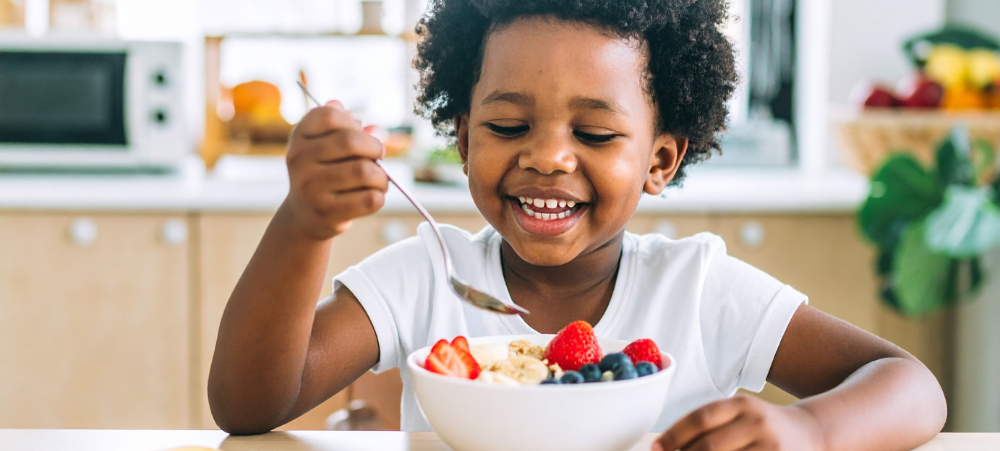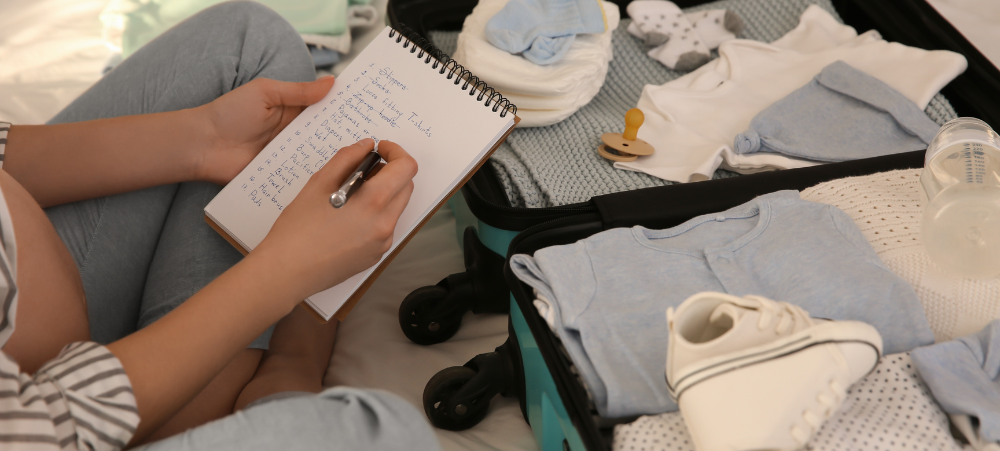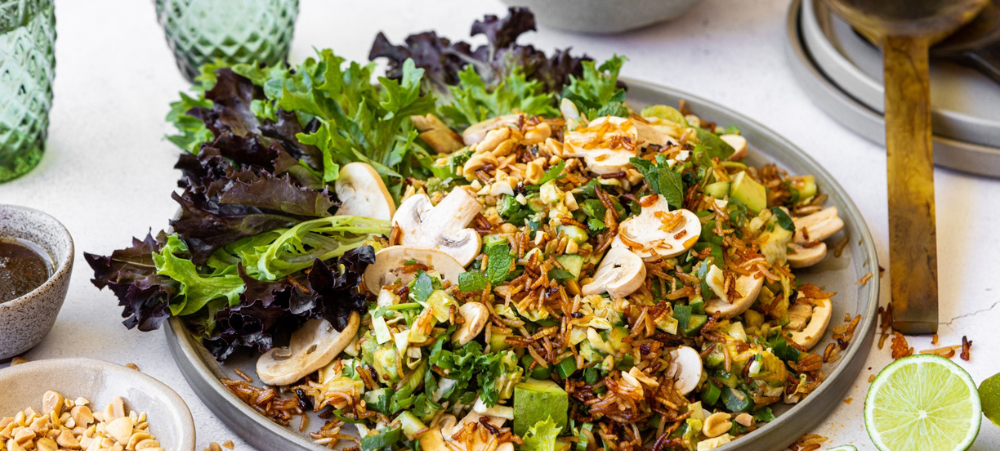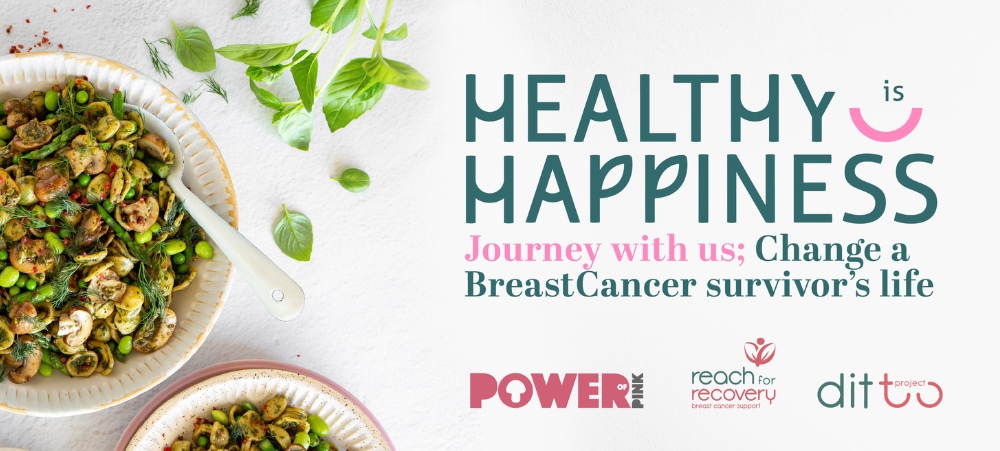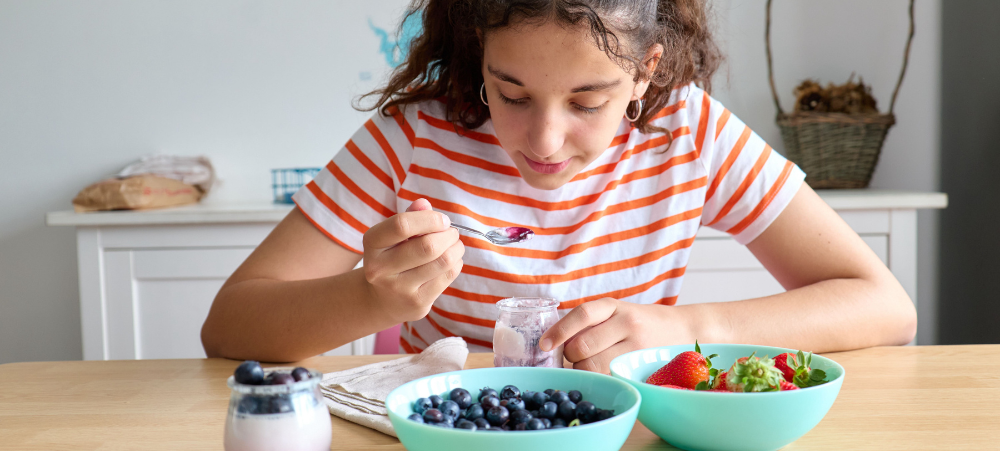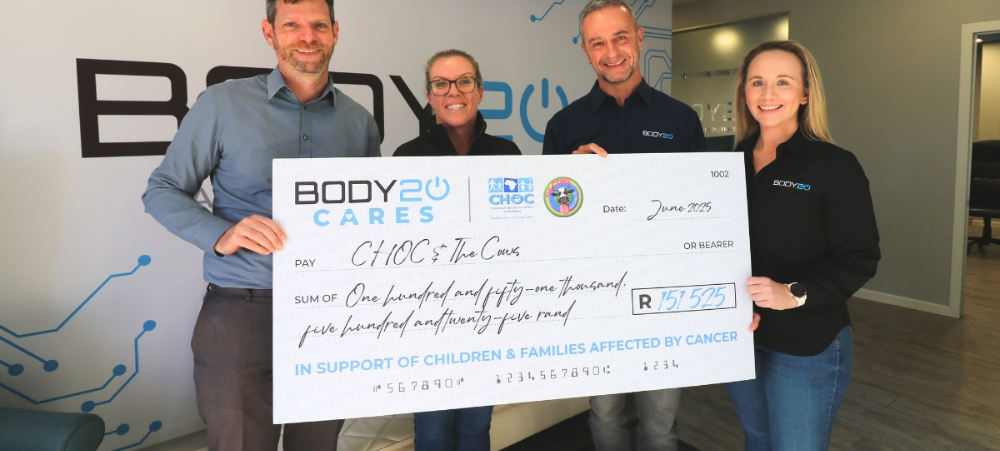How a Mix of High Fibre and Raw Seeds Helps Improve Nutrient Absorption and Boost Immunity Naturally Maintaining a strong immune system and ensuring optimal nutrient absorption are vital for long-term health and vitality. One highly effective, natural strategy to support these functions is incorporating a mix of high-fibre foods and raw seeds into your daily diet. Together, they create a powerful foundation for overall well-being and help boost immunity naturally. The Role of Fibre in Nutrient Absorption and Digestive Health Fibre, found abundantly in fruits, vegetables, legumes, and whole grains, plays an essential role in digestive health. While fibre itself is not absorbed by the body, it significantly supports the body’s ability to absorb nutrients through several mechanisms: Enhancing Gut Health: Fibre acts as a prebiotic, nourishing beneficial gut bacteria. A thriving gut microbiome enhances the body’s ability to extract and absorb essential vitamins and minerals from food. Improving Digestive Efficiency: Soluble fibre slows digestion, allowing for better absorption of nutrients, particularly minerals like calcium and magnesium. Supporting Immune Function: A healthy gut microbiome, supported by regular fibre intake, strengthens the immune system by regulating inflammation and supporting the gut barrier function. Research published in Nutrients by Makki, Deehan, Walter, and Bäckhed (2018) highlights that dietary fibre significantly modulates the gut microbiota, playing a central role in nutrient metabolism and immune system support. Furthermore, according to Slavin (2013) in Nutrition Research Reviews, increased fibre intake is associated with improved gut health and enhanced nutrient uptake. The Nutritional Power of Raw Seeds Raw seeds such as chia, flax, pumpkin, sunflower, and sesame are packed with nutrients vital for maintaining a healthy immune system and promoting efficient bodily functions. Consuming seeds in their raw form preserves their natural oils, enzymes, and delicate nutrients. Rich Source of Essential Nutrients: Raw seeds are excellent sources of zinc, magnesium, selenium, and healthy fats, all of which are crucial for immune function. High Antioxidant Content: Seeds are rich in antioxidants like vitamin E, which help reduce oxidative stress and protect cells from damage, essential for natural immunity boosting. Additional Fibre Boost: Seeds also provide both soluble and insoluble fibre, complementing the fibre from other plant foods to further support gut health. According to Goyal et al. (2014) in the Journal of Food Science and Technology, flaxseeds, for example, are particularly notable for their omega-3 fatty acids, lignans, and fibre content, making them a powerful natural health food. The Synergistic Effect: A Natural Way to Boost Immunity When high-fibre foods and raw seeds are consumed together, they work synergistically to deliver amplified health benefits. Enhanced Nutrient Absorption: A healthier gut environment, fostered by fibre, makes it easier for the body to absorb and utilise the dense nutrition provided by seeds. Strengthened Immunity: A nutrient-rich, well-functioning digestive system supports a more resilient immune response. Natural Detoxification: Fibre helps bind and remove toxins from the digestive tract, while the antioxidants in seeds combat free radical damage. As Calder (2020) points out in Nutrients, nutrient-dense foods that support gut health are crucial for maintaining and enhancing immune competence, particularly in stressful or high-risk environments. Practical Tips for Daily Integration Looking for simple wellness tips to add fibre and seeds to your routine? Here are some easy ideas: Add a tablespoon or two of Cool Stool® to your smoothies or breakfast of choice. Sprinkle Cool Stool® over salads, soups, or stir-fries – see the delicious vegetable soup recipe below for inspiration, and the muffin recipe for an easy work snack! Small changes can have a big impact on your immune health and overall vitality. A diet that combines high-fibre foods and raw seeds offers a simple yet highly effective way to boost immunity naturally, improve digestive health, and enhance nutrient absorption. By making mindful, consistent changes to your eating habits, you can build a stronger, healthier foundation for long-term wellness. High-Fibre Immune-Boosting Soup Recipe with Cool Stool® Ingredients: Extra Immune-Boosting Seed Topping (added raw after cooking): Instructions: Boost It Further: Cool Stool® High Fibre Muffin Recipe Dry Ingredients (Muffin Mix Base): Wet Ingredients (Add When Baking): Instructions Tip: Let the batter rest for 5-10 minutes before baking so the Cool Stool® and oats can absorb moisture and offer maximum gut health benefits. Optional Add-ins (choose 1–2): Cool Stool® High Fibre Gluten Free Muffin Recipe Swap the base ingredients to make it fully gluten-free: Dry Ingredients (Gluten-Free) Tip: Let the batter rest for 5-10 minutes before baking so the Cool Stool® and oats can absorb moisture and offer maximum gut health benefits. Sources: Makki, K., Deehan, E. C., Walter, J., & Bäckhed, F. (2018). The Impact of Dietary Fiber on Gut Microbiota in Host Health and Disease. Nutrients, 10(9), 1417. Slavin, J. (2013). Fiber and Prebiotics: Mechanisms and Health Benefits. Nutrition Research Reviews, 26(1), 22-38. Goyal, A., Sharma, V., Upadhyay, N., Gill, S., & Sihag, M. (2014). Flax and flaxseed oil: An ancient medicine & modern functional food. Journal of Food Science and Technology, 51(9), 1633–1653. Calder, P. C. (2020). Nutrition, immunity and COVID-19. Nutrients, 12(8), 2367.










